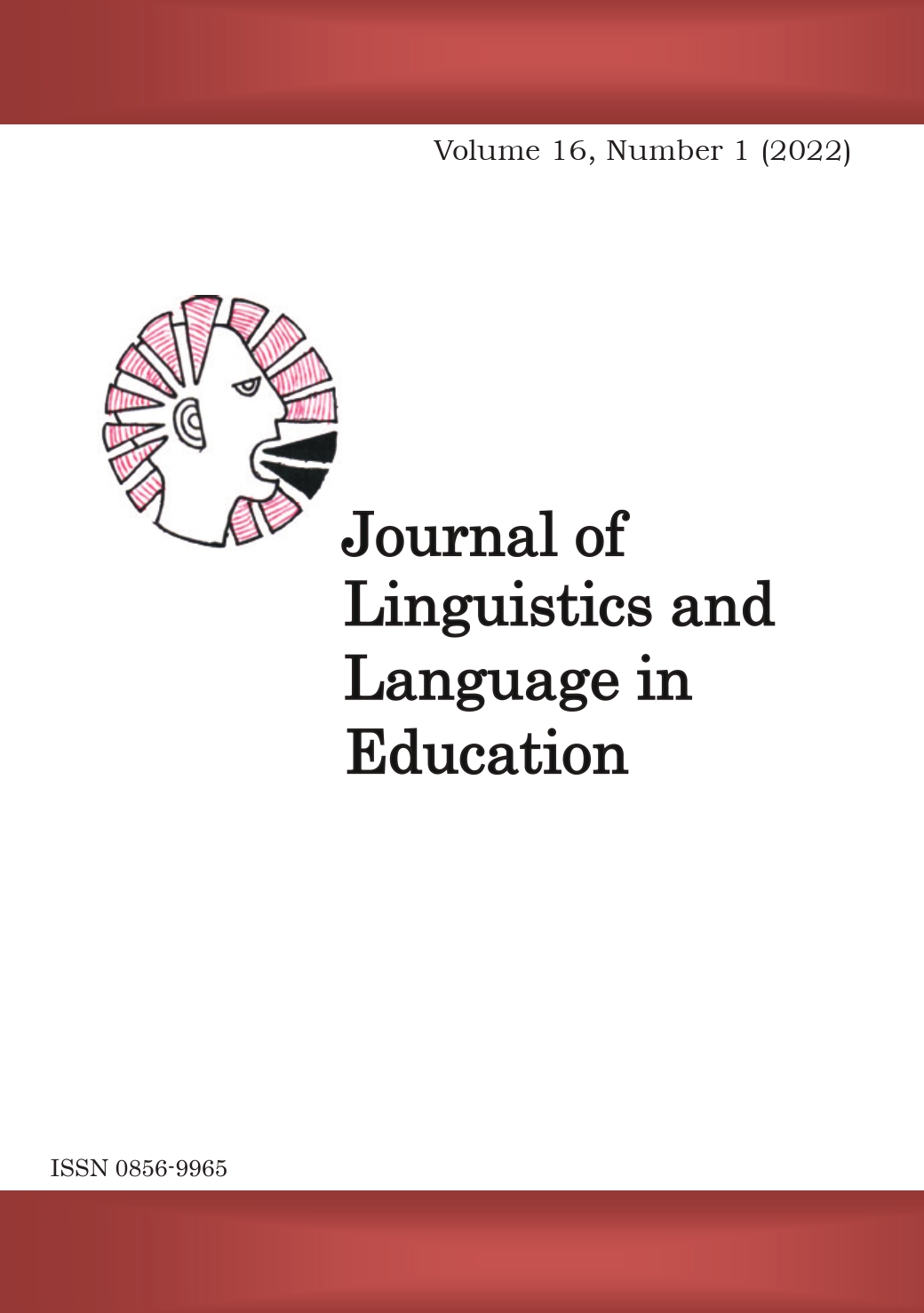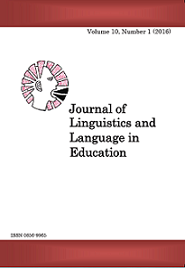Strategies Used by Rwanda’s Simultaneous Interpreters to Render Cultural-linguistic Aspects in Taboo Expressions
Abstract
Interpreting taboo language from and into Kinyarwanda, English and French can lead to poor quality renderings if a combination of linguistic and cultural factors is unattended to. This study aimed to explore the strategies used by Rwandan interpreters to render cultural-linguistic aspects found in taboo expressions from and into Kinyarwanda, English and French. The paper drew on a set of ‘equivalence theories’ in the field of translation (Baker, 2011; Nida, 2000; Vinay and Darbelnet, 1995), the skopos theory (Basnett & Lefevre, 1990) as well as the bottom-up and top-down models (Hatim and Mason, 1997). Renditions by 20 Rwandan interpreters using the simultaneous mode were recorded, transcribed, coded and analysed. The findings revealed that most Rwandan interpreters resorted to the ‘literal strategy’ to render taboo expressions with the effect that the meaning of the source text (ST) sometimes got distorted while translating vulgar and derogatory language, insults, euphemism, and vulgar proverbs. The findings also revealed that in an attempt to cope with interpreting taboo language, it is not enough to rely on a single strategy, that is to say interpreters should use a combination of strategies in order to improve the quality of their renditions.
Downloads
Published
Issue
Section
License
Copyright © by Department of Foreign Languages and Linguistics, University of Dar es Salaam
All rights reserved. No part of this publication may be reproduced or transmitted in any form or by any means, electronic or mechanical, including photocopying, recording, or any information storage or retrieval system, without permission in writing from the publisher, except for short extracts in fair dealing, for research or private study, critical scholarly review or discourse with an acknowledgement.



